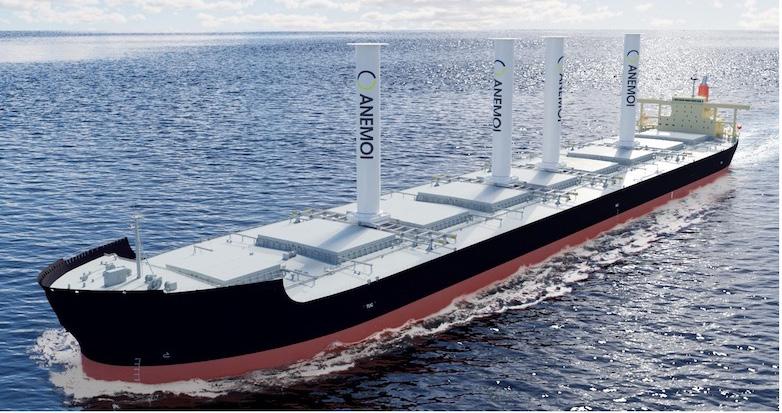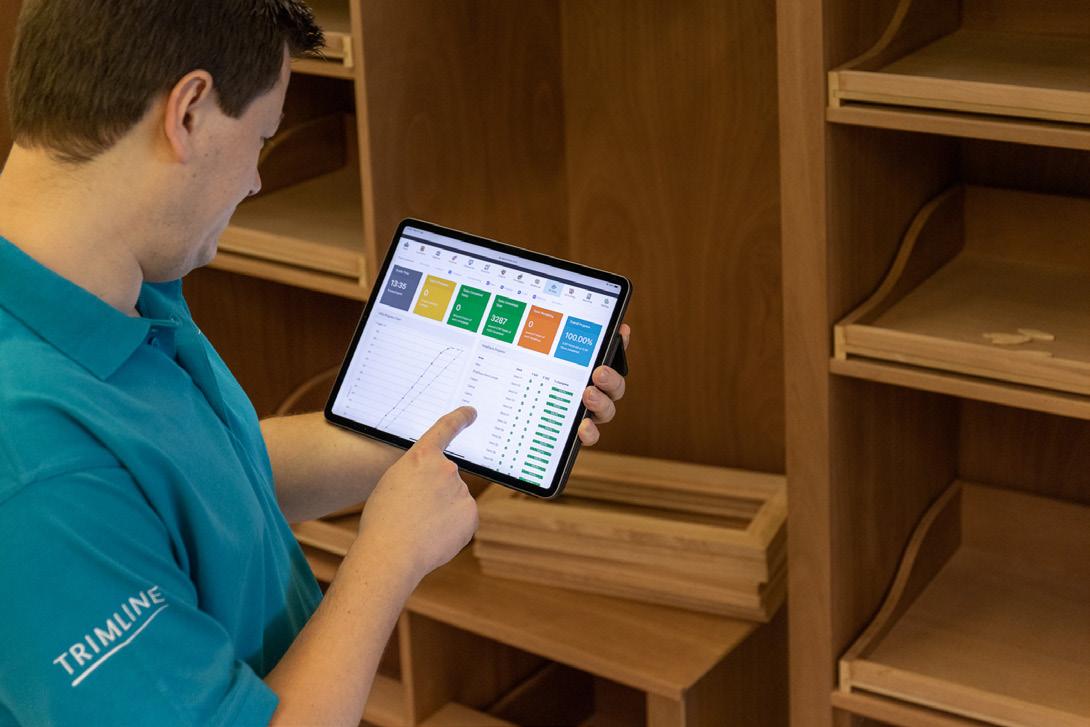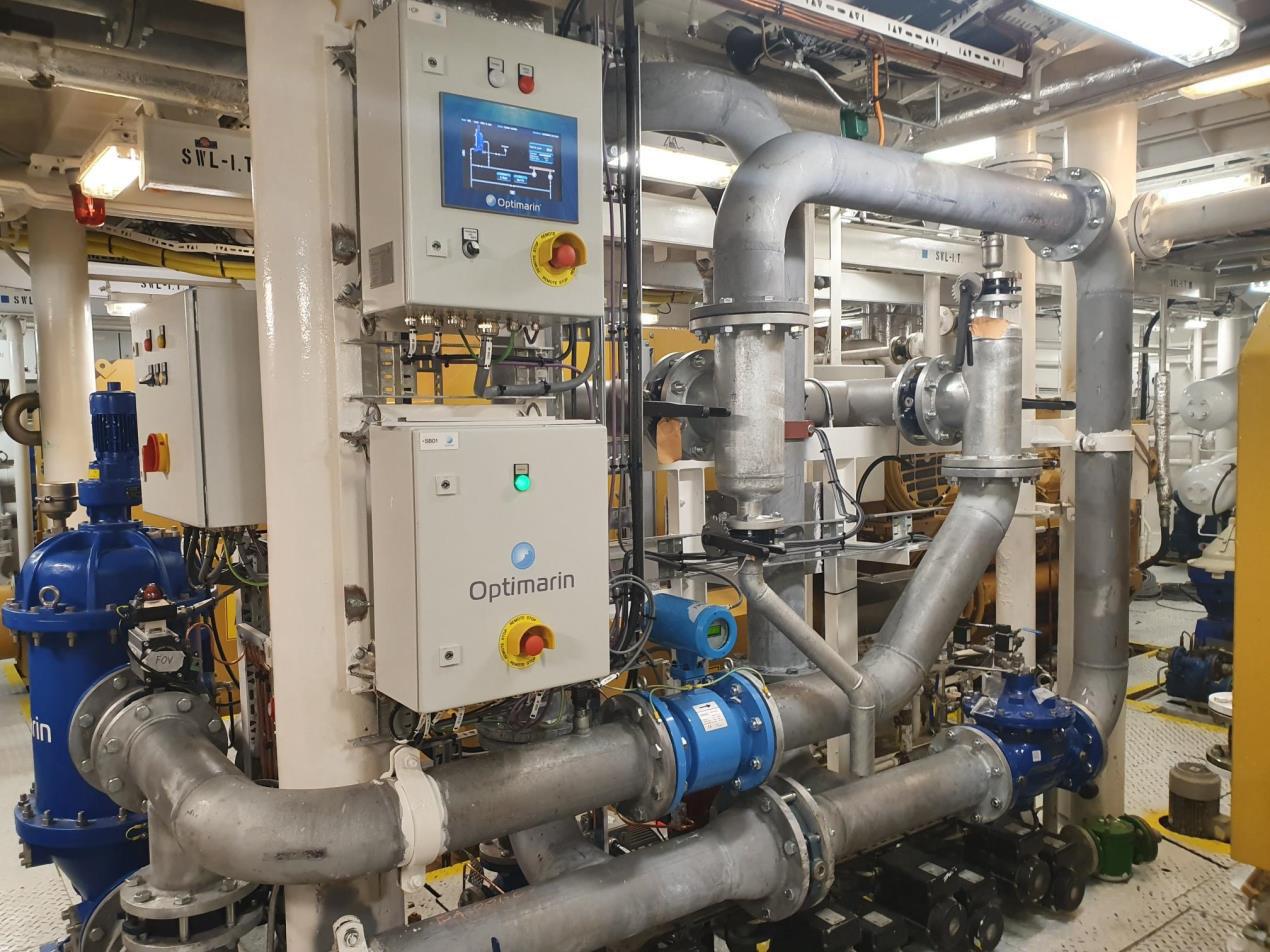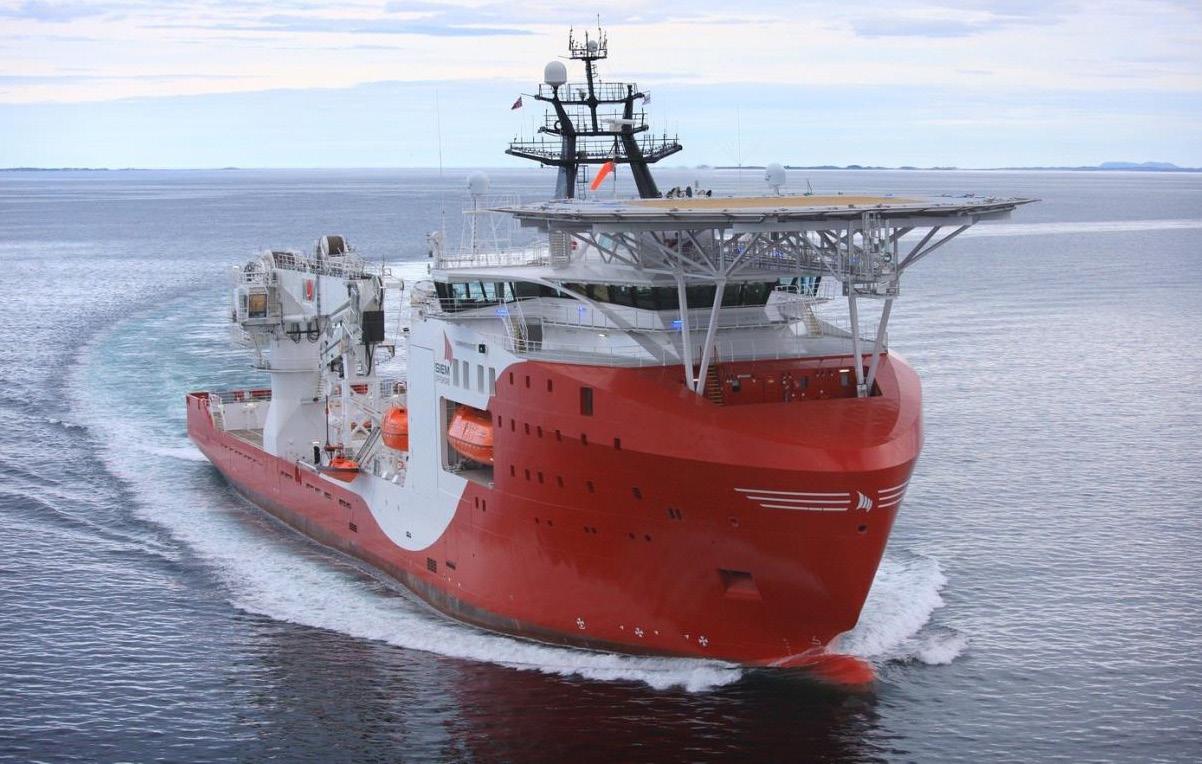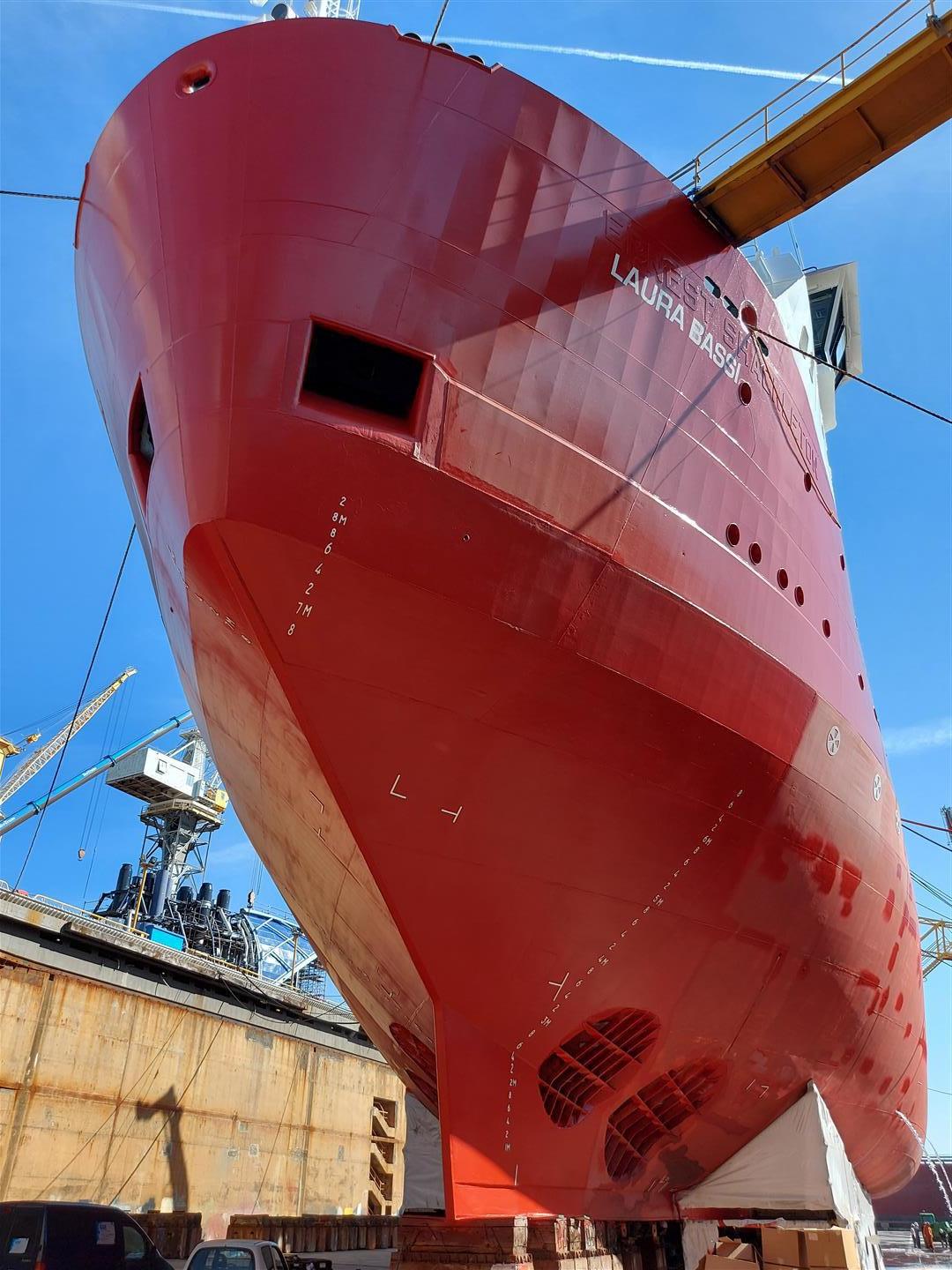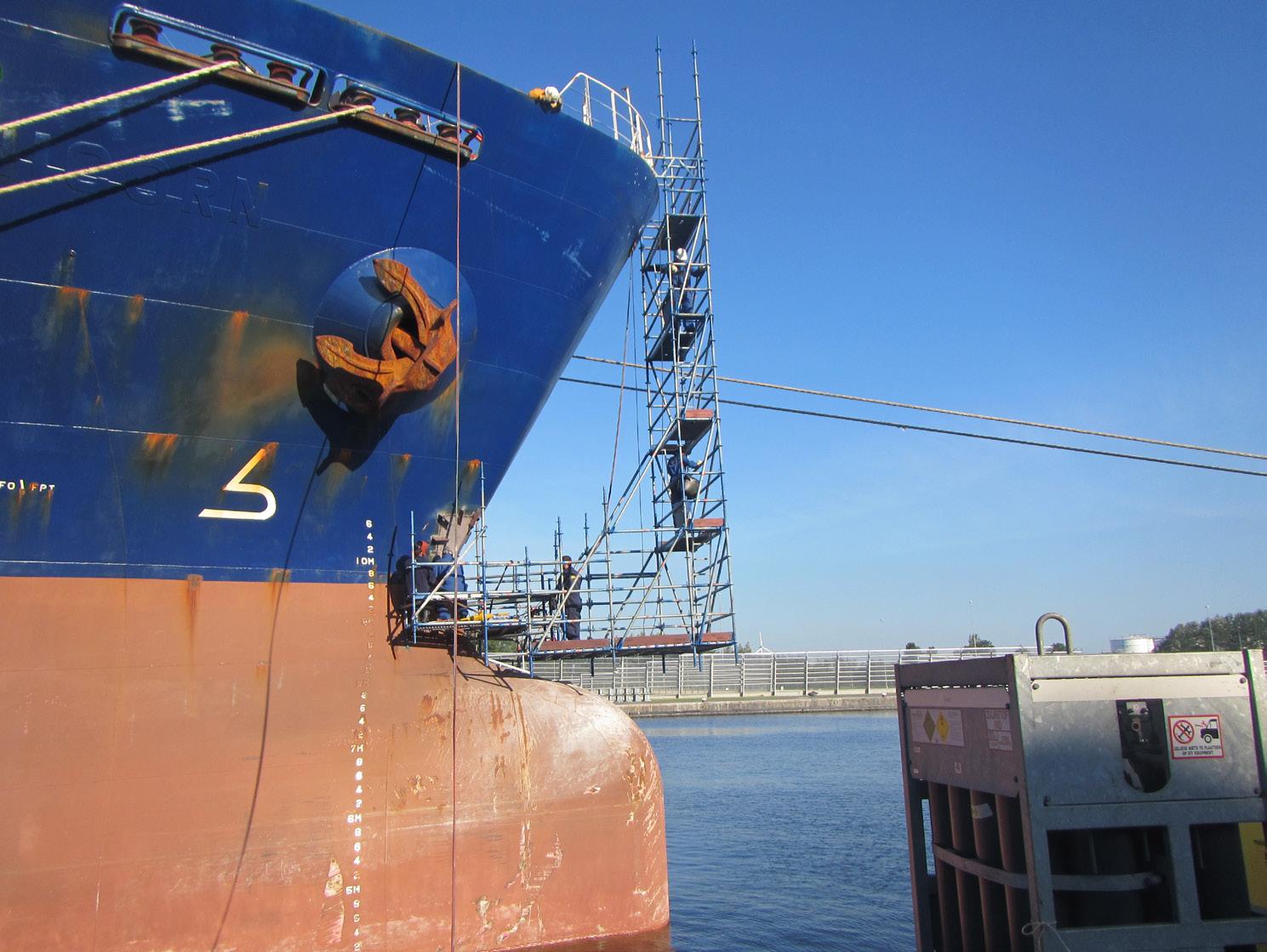Ballast Water Management
Optimarin’s fast-track delivery model enables it to tackle the industry bottleneck for ship installations of BWM systems
Optimarin bullish about the refit market “There is definitely a commercial rationale for carrying out retrofits in the near term rather than waiting due to the huge backlog of vessels that need to be retrofitted over the next few years to gain IMO compliance, which will be a licence to trade in the future,” says Optimarin’s chief executive Leiv Kallestad. The Norwegian company is benefiting from a current wave of demand for BWM systems but Kallestad says the peak period for installation is moving out in time towards 2023 as owners seek to keep their ships operating as long as possible - and this may worsen a capacity bottleneck that could push up prices for equipment and retrofit work. “No one wants to take their ship out of trading while markets are booming. At the same time, the continued presence of COVID-19, congestion in the supply chain and logistical challenges, crew changes and other operational disruption have resulted in various permit extensions of up to six months or longer,” he explains. While this will extend the retrofit wave as it will allow more time for installation, Kallestad points out shipowners are still hopefully taking a calculated risk by deferring installations as
the drydocking window tightens. An estimated 35,000 vessels still need to have BWM systems installed ahead of the September 2024 deadline for implementation of IMO’s BWMC. “The space to walk through the door will become increasingly narrow and this could result in hasty, ill-informed decisions by shipowners to select a system purely based on cheapest price and the need to get it installed as quickly as possible,” he says. Optimarin has though honed a fast-track delivery model with competitive pricing but without any compromise on quality for its proven BWM technology, enabling it to tackle the supply bottleneck. A BWM retrofit is a protracted process that requires detailed planning - typically with an engineering lead time of six months before installation - and drydock capacity being secured ahead of time. The first stage is to determine the right BWM system based on several selection criteria including the size and type of vessel, classification, flag state and port authority requirements. Then procurement of the system is carried out by selecting a supplier followed by the planning stage that entails inspection and site engineering to look at structural, pipe, electrical and other elements, as well as carry out a 3D scan. This stage also includes design engineering to transfer site data to a digital platform, arrangement of structural plans for piping and
Page 38 – www.shipandoffshorerepair.com
outfitting, a bill of material and pre-fabrication drawings, with class approval required for the design. The final stage is installation and commissioning of the BWM system with operational verification and class approval to ensure regulatory compliance. “This is an extensive process that needs to be entrusted to a reliable supplier with a proven track record of supplying such systems to all types of vessels and is able to carry out fasttrack delivery given the capacity challenge for the industry,” Kallestad says. Lifecycle cost is also a key factor as selecting a BWM system solely according to price can lead to an inferior system being installed with a lack of aftersales support, resulting in higher maintenance costs and increased downtime at ports that cuts revenue and raises fuel consumption, he explains. Optimarin, which has so far installed close to 1,000 BWT systems with a substantial orderbook, is still able to deliver a system within 30 days due to a streamlined documentation process and the modular flexibility of its proven high-quality technology. But component shortages and logistical challenges that have hit many industries may make it difficult to give delivery guarantees. The Optimarin BWT system is continuously evolving and improving, which has resulted in its components being scaled down and simplified through a rigorous product improvement programme. This has given more competitive pricing and a more compact system with a smaller footprint that makes it easier to install on larger vessels, while the company provides lifecycle support through its global aftersales network. Optimarin has also formed an alliance with UK-based Newport Shipping that enables it to offer a turnkey BWM solution with drydock availability at one of Newport’s 15 partner yards worldwide and favourable deferred payment terms. Kallestad believes, aside from regulatory compliance, there are clear long-term commercial benefits from installing a reliable BWT system in terms of higher vessel uptime, faster turnaround times, and fuel and power savings. This is supported by Optimarin’s innovative cloud-based digital solution OptiLink that provides real-time access to BWT system performance data, 24/7 support and remote troubleshooting, and data transfer to shore for more efficient fleet-wide BWM. A key advantage of this solution is ease of reporting

